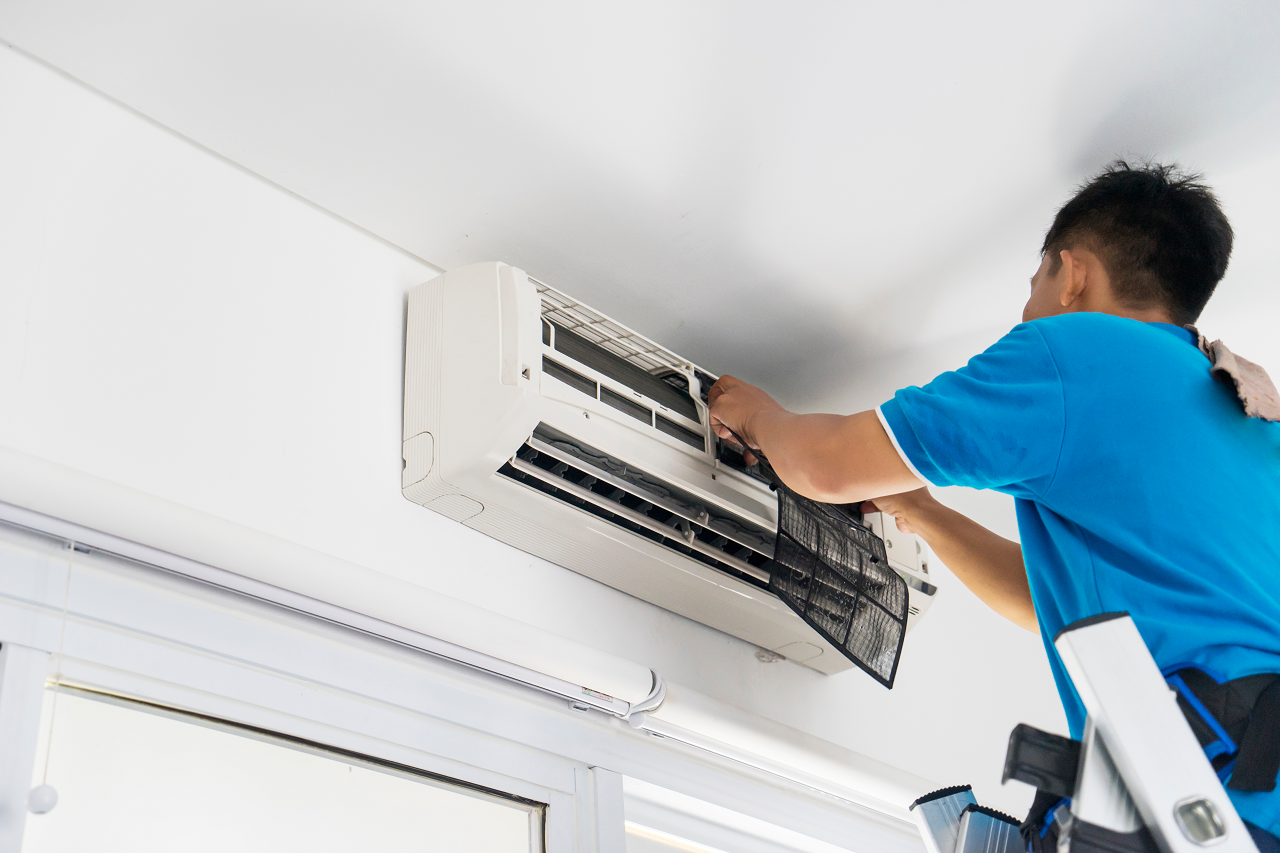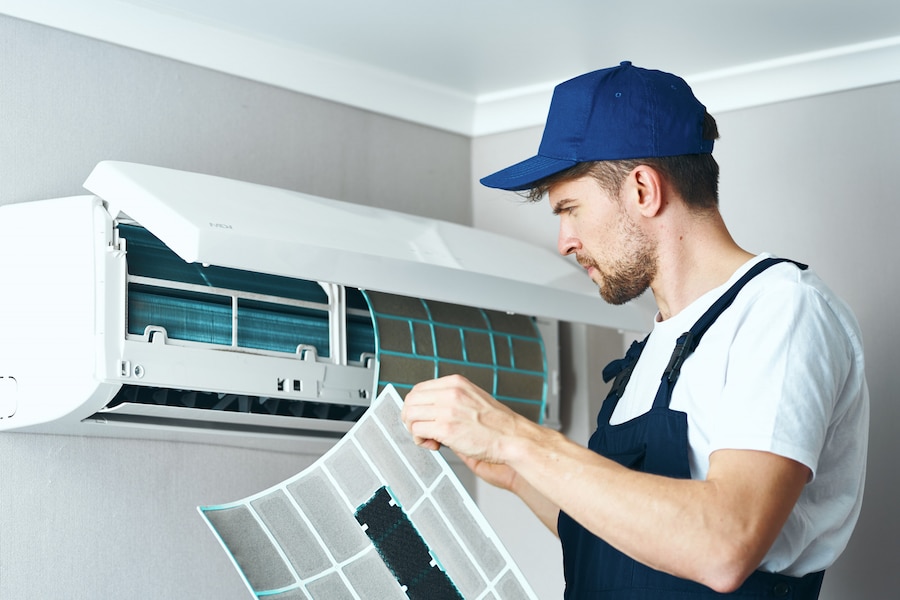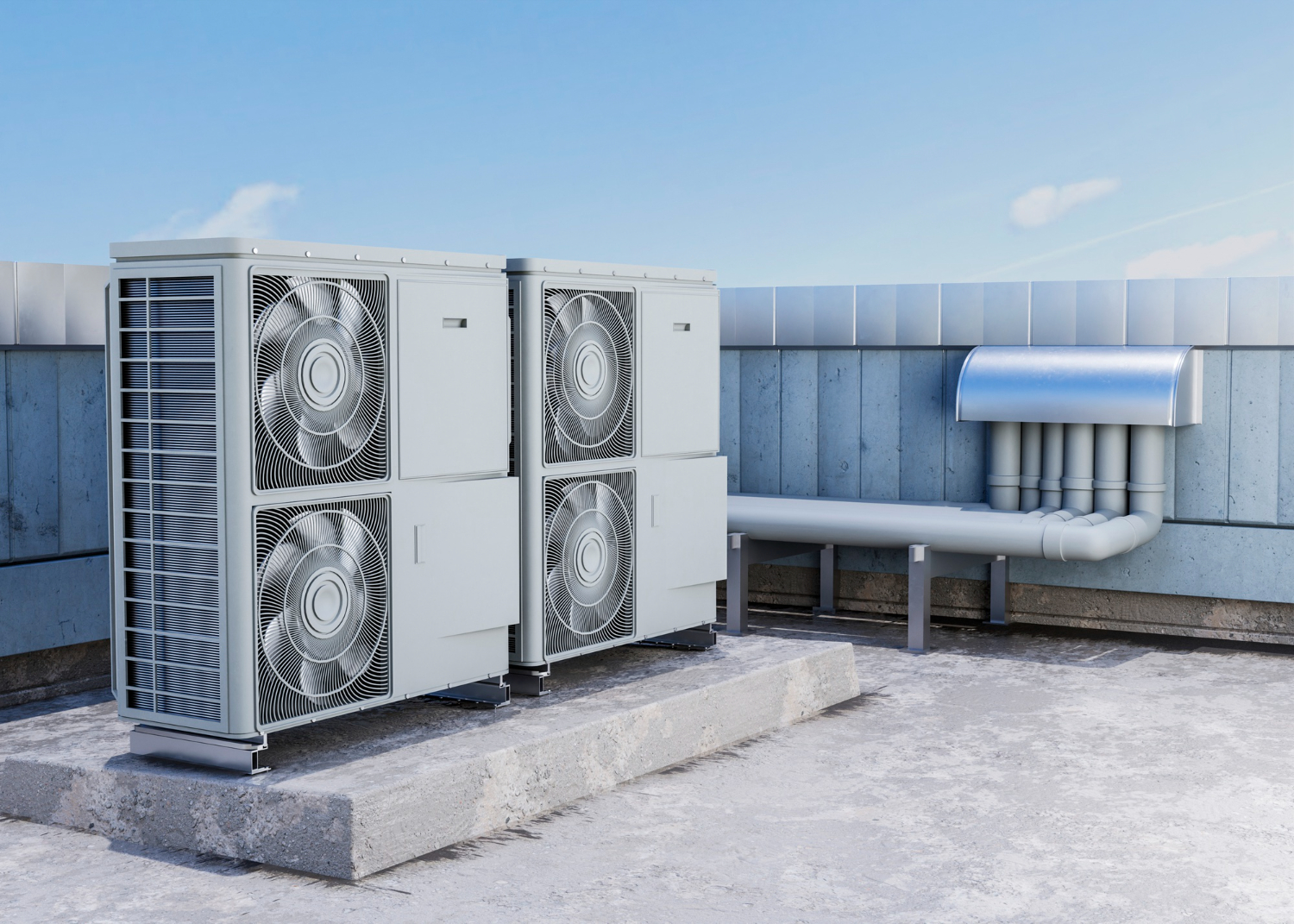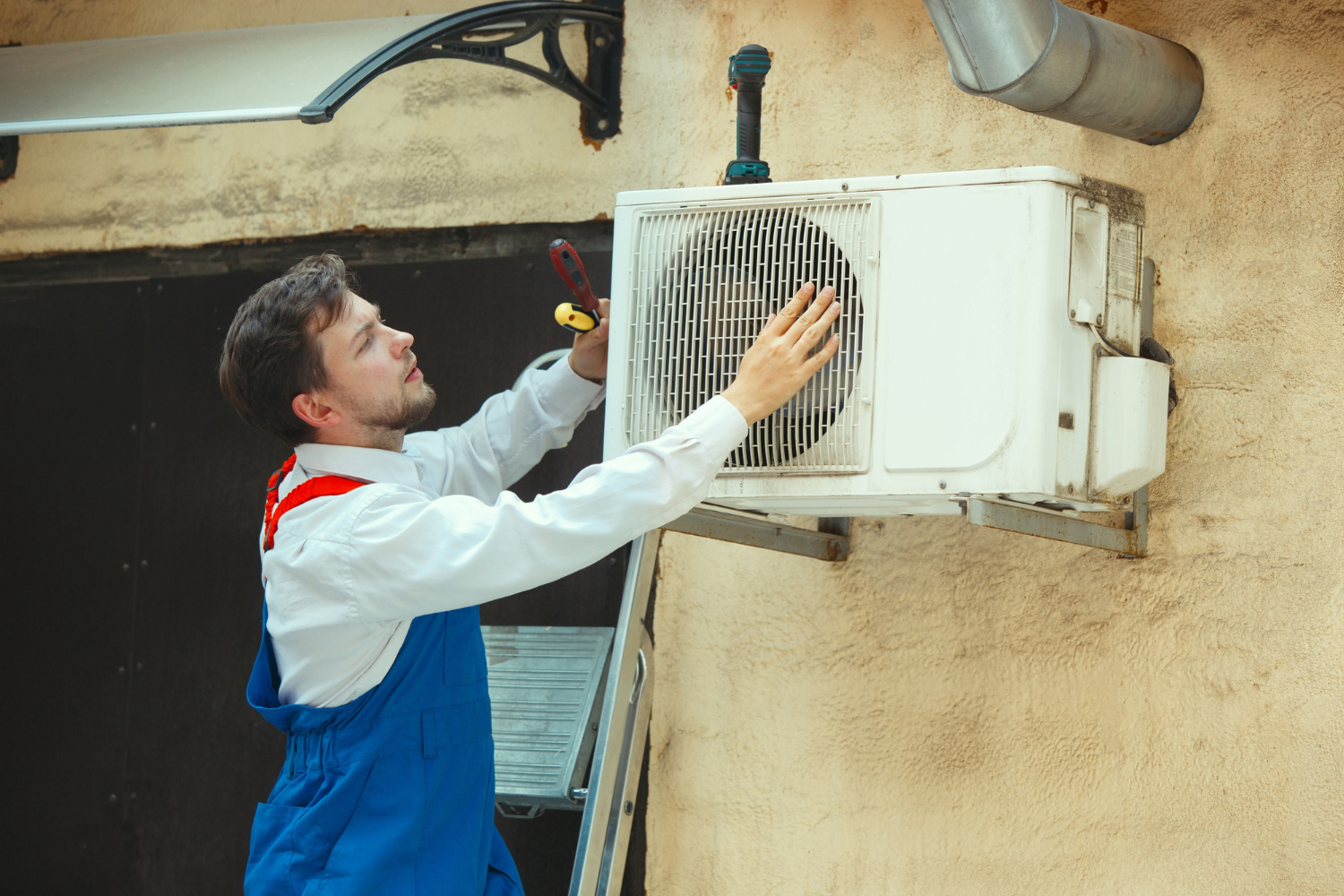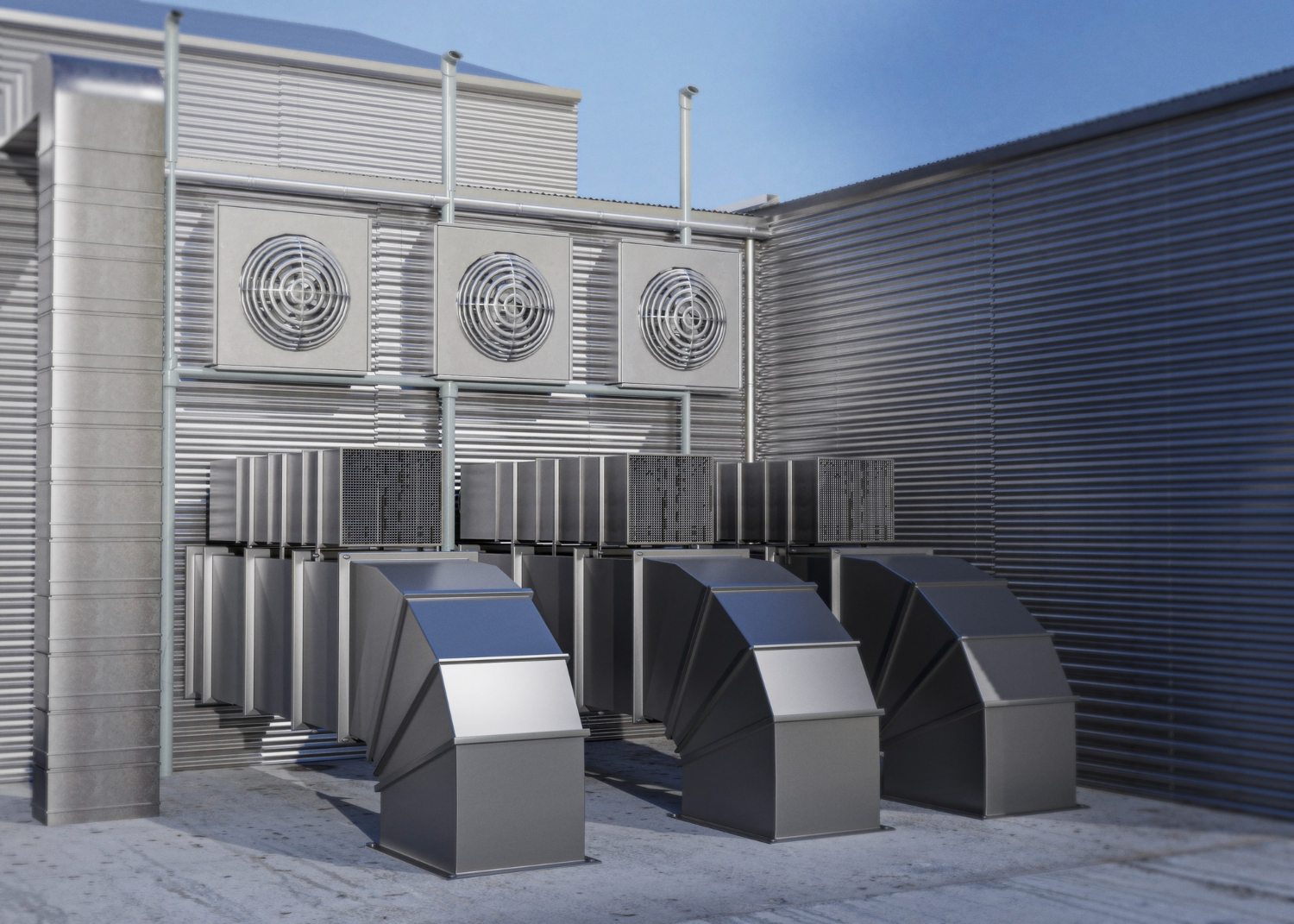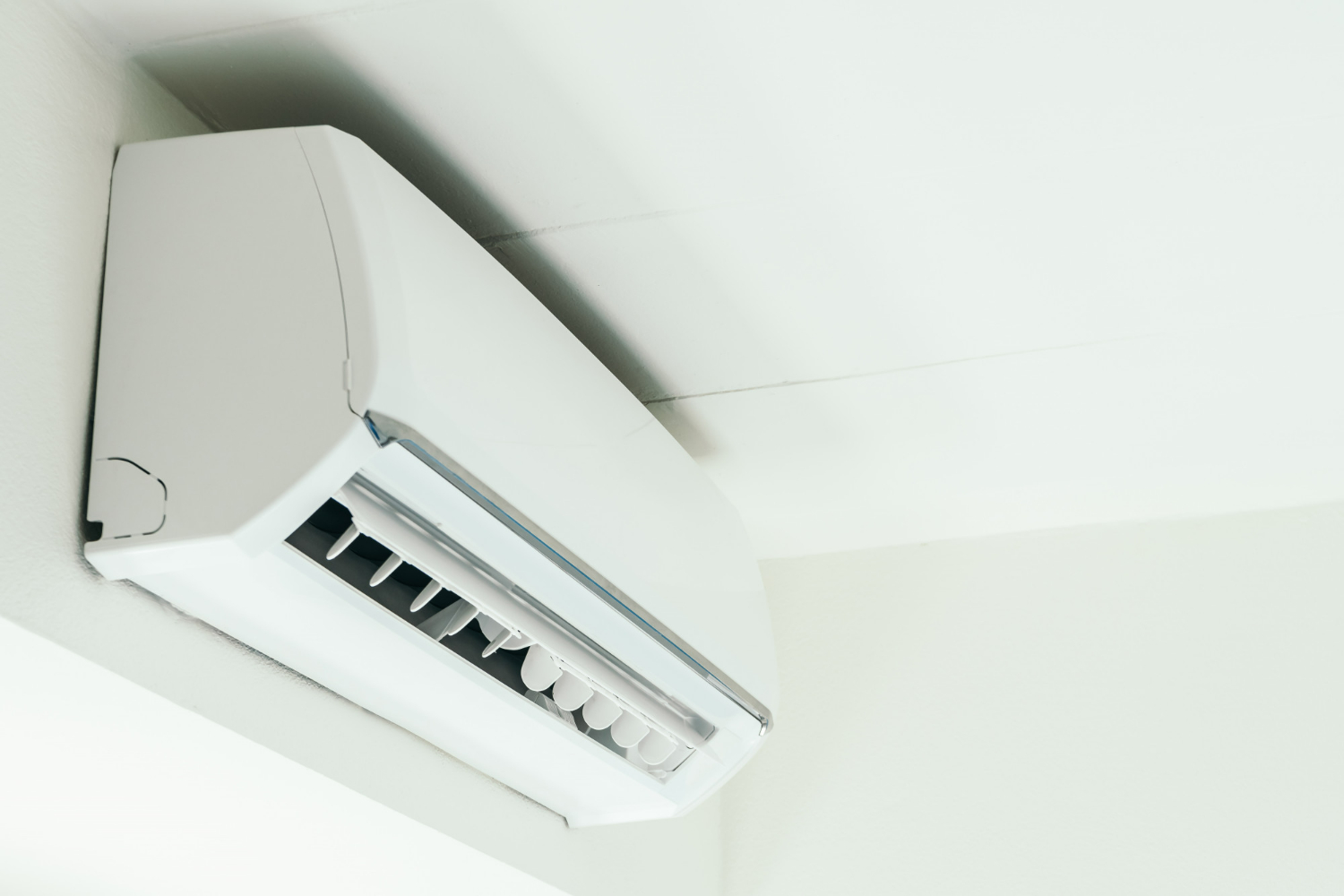When you think about the heat in Brisbane, your air conditioner comes to mind pretty quickly. It’s that trusty device that keeps your home cool during those sweltering summer days. But, how often do you really think about maintaining it?
Most people tend to overlook it until something goes wrong, until the unit starts making strange noises or stops cooling altogether. That’s when the panic sets in, and you’re searching for home appliance repair near me or trying to find an urgent air conditioning service in Brisbane.
Regular preventative maintenance isn’t only about avoiding discomfort. It’s about saving money, extending the lifespan of your unit, and avoiding costly breakdowns that can really disrupt your routine. It’s a small investment that pays off big time in the long run.
This article explores the importance of preventive AC maintenance and how it can keep you cool when you need it most.
Benefits of Preventive Maintenance
1. Prevents sudden or expensive failures:
Preventive maintenance helps you dodge emergency repairs. Think about how many times you have had an AC suddenly conk out on the hottest day of the year? It’s not only inconvenient; it can be expensive if you need air conditioning service in Brisbane on short notice. Regular check-ups can catch small issues before they turn into major problems.
2. Efficient and effective:
Then there’s the efficiency factor. An air conditioner that’s been neglected tends to work harder than it needs to. Dust, dirt, and debris build up in filters and coils, making the unit less effective. That means higher energy bills, something nobody wants, when electricity prices are climbing. Proper maintenance keeps your AC running smoothly, saving you money month after month.
3. Longer Lifespan:
Like any home appliance, your AC has a limited lifespan. But with consistent care, you can extend that. It’s not uncommon for well-maintained units to last several years longer than those that are neglected. That’s a lot of money saved on replacements.
4. Warranty:
While warranties are helpful, they don’t cover neglect or lack of maintenance. Warranties often have conditions, such as regular servicing, that you might overlook. Skipping maintenance could even void parts of your warranty, leaving you exposed to full repair costs later.
Regular air conditioning service in Brisbane also improves indoor air quality. Dust, mould, and allergens can accumulate if filters aren’t cleaned or replaced regularly. For people with allergies or respiratory issues, this is a big deal. So, preventative care isn’t only about saving money; it’s about health too.
But I have a 5-year warranty?
Many homeowners believe their warranty covers everything, so why bother with maintenance? Warranties are great, but they come with fine print. They might require proof of regular servicing, or they could exclude certain damages caused by neglect.
Warranties don’t cover repairs caused by dirt buildup, clogged filters, or minor issues that escalate because they weren’t addressed early. If you don’t change the oil in your car, the warranty won’t cover engine damage from neglect. The same logic applies to your AC.
But preventative maintenance can prevent small problems from turning into big, expensive repairs. A minor coil cleaning or filter change can make a huge difference. If you’re unsure about what your warranty covers, it’s worth checking the fine print or talking to your service provider.
In Brisbane, many service providers offer air conditioning service packages that include routine check-ups. These are designed to keep your unit in optimal condition and ensure your warranty remains valid.
Conclusion
Skipping preventative maintenance might seem harmless at first. But delaying that service can lead to costly breakdowns, higher energy bills, and a shorter lifespan for your AC. Regular checks and tune-ups are like giving your unit a health check-up, preventing issues before they become emergencies.
If you want your air conditioner to serve you well for years, don’t wait for a breakdown to call in the professionals. Regular air conditioning service in Brisbane is a small investment that safeguards your comfort and your wallet. A well-maintained unit is more reliable, efficient, and longer-lasting.
If you’re unsure where to start or need a trustworthy professional, look for home appliance repair near me. It’s worth finding a local specialist who understands Brisbane’s climate and your specific needs.
Looking for reliable, professional air conditioning service in Brisbane? Ideal Refrigeration & Appliance Services is here to help. We offer comprehensive maintenance plans designed to keep your AC running smoothly and efficiently. Don’t wait until it’s too late, call 0428 149 923 to book an appointment and ensure your home stays cool all year round.




